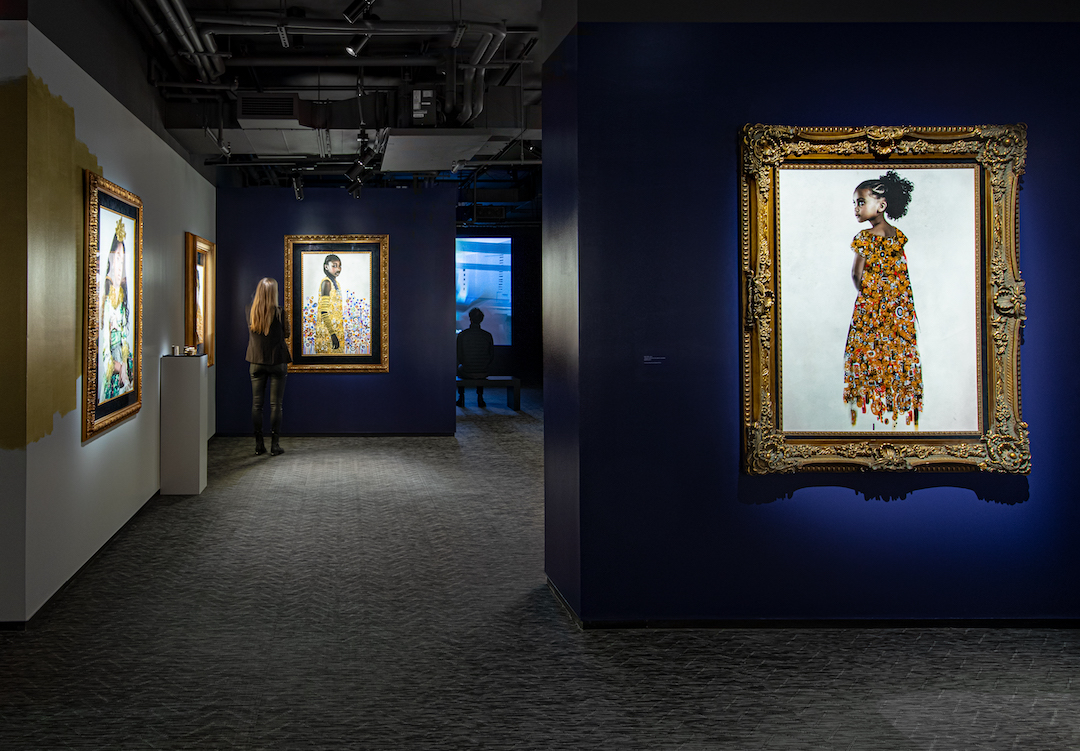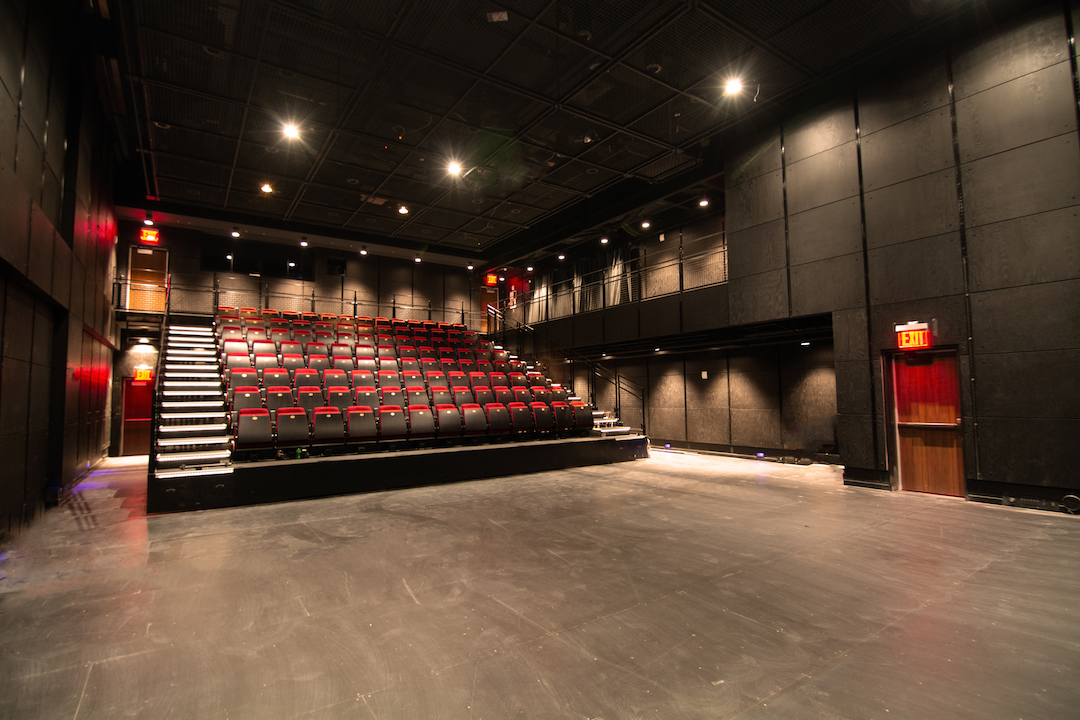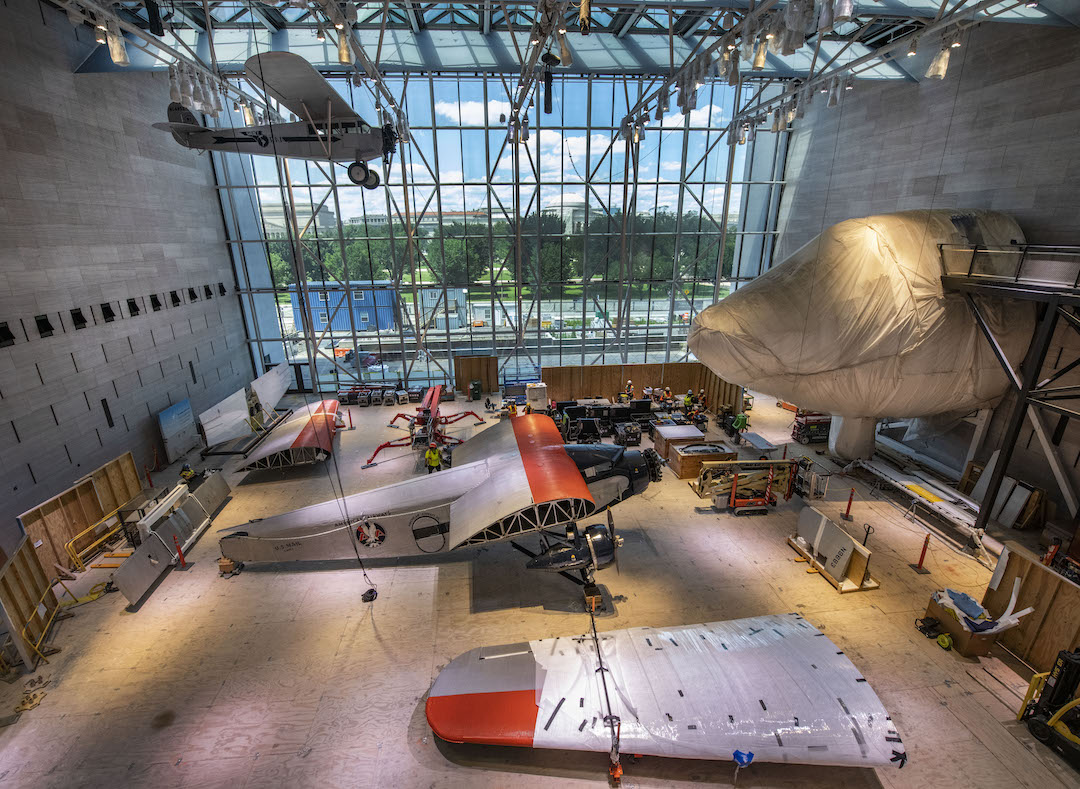One of Clark Construction Group’s cultural projects is the Orange County (Calif.) Museum of Art’s new three-story, 53,000-sf home for the Segerstrom Center for the Arts in Costa Mesa. Throughout the construction process for this $73 million project, Clark has facilitated tours for stakeholders and potential donors that recently included a breakfast on the jobsite.
Efforts like this to raise capital for cultural buildings became necessary during the COVID-19 health crisis. “For some cultural institutions, the pandemic has created a more challenging fundraising environment,” says Jared Oldroyd, Senior Vice President at Clark, who has been the executive in charge of several of the firm’s cultural contracts.
Oldroyd, like other AEC sources contacted for this article, have seen their cultural projects bounce back to life over the past 12 months. But the pandemic’s impact is likely to be longer-lasting when it comes to new construction and upgrading existing buildings to meet new air-quality and social-distancing norms.
For example, LeChase Construction is doing more with imaging technologies to communicate remotely with stakeholders, says its Vice President Lee Sommerman. That includes virtual real-time tours, increased use of drone imagery, and systems that upload images captured as a project team member walks the site.
As part of the OMA-led expansion of the New Museum in New York City, the architecture firm Cooper Robertson did extensive research into indoor air quality and visitor-staff circulation to ultimately determine that the building’s existing HVAC system met or exceeded guidelines set by the Centers for Disease Control and Prevention, says Erin Flynn, RA, LEED AP, Partner and Director of Architecture.

Flynn adds that another COVID-19 protocol now finds more cultural centers like museums enabling patrons to access information via their own mobile devices. Clark’s Oldroyd also sees a push by cultural centers toward interactive and immersive displays that incorporate more touchless elements, right down to the stylus that each visitor receives from the National Museum of the U.S. Army in Fort Belvoir, Va., one of the new constructions Clark completed in 2020.
Oldroyd points out that 75 percent of the overall exhibit area in the Museum of the Bible in Washington, D.C., features interactive and immersive experiences. To support such projects, his firm has been able to leverage the in-house expertise of its S2N Technology Group.
Fotografiska New York, a photography museum that’s an adaptive reuse of the 1894 Churches Mission House, creates a space for visitors to meet, eat, drink, and experience photography through an immersive series of rotating exhibits. Natural light was intentionally excluded from the gallery floors through the addition of interior walls, so that ambient light can provide a sense of intimacy with the artwork, explains Theresa M. Genovese, AIA, LEED AP, a Principal with CetraRuddy Architecture, which provided architecture and interior design services for this six-story, 45,000-sf project.
Genovese observes that, even before the COVID-19 outbreak and spread, some cultural institutions were investigating the so-called “distributed museum model,” which refers to pop-up or temporary exhibits or events that expand the reach of the facility and bring cultural programming to other physical or virtual spaces.
In that same vein, in markets where climate allows, some cultural institutions are blurring the boundaries between indoor and outdoor spaces. “Opaque boxes are giving way to transparency and connection to the external environment,” says David Herd, Managing Director of Buro Happold’s California Region.
RENOVATIONS IN DEMAND
AEC firms tell BD+C that they’ve seen renewed client interest for a variety of cultural and artistic venues. LeChase Construction has seen the greatest demand for performing arts centers. The firm, says Sommerman, was part of a $9.5 million historic renovation of the 32,336-sf Bent’s Opera House in Medina, N.Y. The renovation, designed by Kideney Architects, required extensive structural work on a three-story, 150-year-old building that had been vacant since 2010. The result is a mixed-use facility that, aside from the opera house on the third floor, includes a farm-to-table restaurant and a boutique hotel.
Renovations and expansions of cultural centers are also prevalent. Among Cooper Robertson’s recent cultural expansions are The Studio Museum of Harlem (designed in collaboration with Adjaye Associates), Albert-Knox Art Gallery in Buffalo, N.Y. (led by OMA), and the Rock & Roll Hall of Fame in Cleveland (led by PAU).
In Washington, D.C., a joint venture that includes Clark, Smoot, and Consigli has been leading the Smithsonian Institution’s largest renovation to date: the National Air & Space Museum revitalization, a multi-phase project that involves deconstructing the museum to its core structural elements, upgrading the structure to meet modern codes, and installing a stone-clad curtain wall, entrance canopy, MEP system, and finishes. Phase 1 should be completed by Spring 2022.
Pavarini McGovern, which is part of the STO Building Group, is nearing completion of the Davis Brody Bond-designed Irish Arts Center (IAC), a five-story expansion of what had been a former tire garage in New York’s Hell’s Kitchen neighborhood that adjoined the tenement building IAC had occupied since 1972. The new building requires a complex MEP system whose energy optimization “is a testament to the design,” says Mark Hildreth, Pavarini McGovern’s Project Manager.

Several sources confirm that their cultural clients are seeking energy efficient solutions for their projects. Shawmut Design and Construction’s recent completion of the Philip Roth Personal Library at Newark (N.J.) Public Library, designed with Ann Beha Architects and C&G Partners, added new MEP and fire protection systems as well as humidity and temperature controls. This 8,860-sf project also features a new HVAC system for Centennial Hall, the building’s lecture hall and event space.
Studio Ma’s recent cultural projects include the Museum of the West in Scottsdale, Ariz., whose tilt-up construction and flexible floor plan helped reduce its overall cost to half that of similar buildings. Passive design principles, such as self-shading the building from sun and heat gain by use of overhanging metal scrims on the second floor, lower the museum’s energy costs by 38 percent compared to peer buildings, says Christiana Moss, FAIA, Studio Ma’s Co-founder and Principal. The building recycles water for humidification, and condensate is diverted to a runnel that connects to a bioswale that can also handle up to 42 gallons per hour of roof rain runoff. These sustainability measures allow the museum to operate with only 45 percent of the water used by peer facilities.
Connecting the cultural building to its community is also an essential, and provides more opportunities for outdoor programming, says Flynn of Cooper Robertson. In Arizona, Studio Ma’s design of the Native American Cultural Center is informed by an Indigenous Planning Process that involved representatives from 22 Arizona tribal communities.
Related Stories
| Aug 11, 2010
AASHE releases annual review of sustainability in higher education
The Association for the Advancement of Sustainability in Higher Education (AASHE) has announced the release of AASHE Digest 2008, which documents the continued rapid growth of campus sustainability in the U.S. and Canada. The 356-page report, available as a free download on the AASHE website, includes over 1,350 stories that appeared in the weekly AASHE Bulletin last year.
| Aug 11, 2010
Girl Scouts of San Jacinto Council Program Place Project
Houston, Texas
The Girl Scouts of San Jacinto Council Program Place is the headquarters for the largest Girl Scout Council in the U.S., with 63,000 scouts. The building houses the council’s administrative offices, a Girl Scout museum, and activity space. When an adjacent two-story office building became available, the council jumped at the chance to expand its museum and program space.
| Aug 11, 2010
Burt Hill, HOK top BD+C's ranking of the nation's 100 largest university design firms
A ranking of the Top 100 University Design Firms based on Building Design+Construction's 2009 Giants 300 survey. For more Giants 300 rankings, visit http://www.BDCnetwork.com/Giants
| Aug 11, 2010
PBK, DLR Group among nation's largest K-12 school design firms, according to BD+C's Giants 300 report
A ranking of the Top 75 K-12 School Design Firms based on Building Design+Construction's 2009 Giants 300 survey. For more Giants 300 rankings, visit http://www.BDCnetwork.com/Giants
| Aug 11, 2010
Turner Building Cost Index dips nearly 4% in second quarter 2009
Turner Construction Company announced that the second quarter 2009 Turner Building Cost Index, which measures nonresidential building construction costs in the U.S., has decreased 3.35% from the first quarter 2009 and is 8.92% lower than its peak in the second quarter of 2008. The Turner Building Cost Index number for second quarter 2009 is 837.
| Aug 11, 2010
AGC unveils comprehensive plan to revive the construction industry
The Associated General Contractors of America unveiled a new plan today designed to revive the nation’s construction industry. The plan, “Build Now for the Future: A Blueprint for Economic Growth,” is designed to reverse predictions that construction activity will continue to shrink through 2010, crippling broader economic growth.
| Aug 11, 2010
Section Eight Design wins 2009 Open Architecture Challenge for classroom design
Victor, Idaho-based Section Eight Design beat out seven other finalists to win the 2009 Open Architecture Challenge: Classroom, spearheaded by the Open Architecture Network. Section Eight partnered with Teton Valley Community School (TVCS) in Victor to design the classroom of the future. Currently based out of a remodeled house, students at Teton Valley Community School are now one step closer to getting a real classroom.







